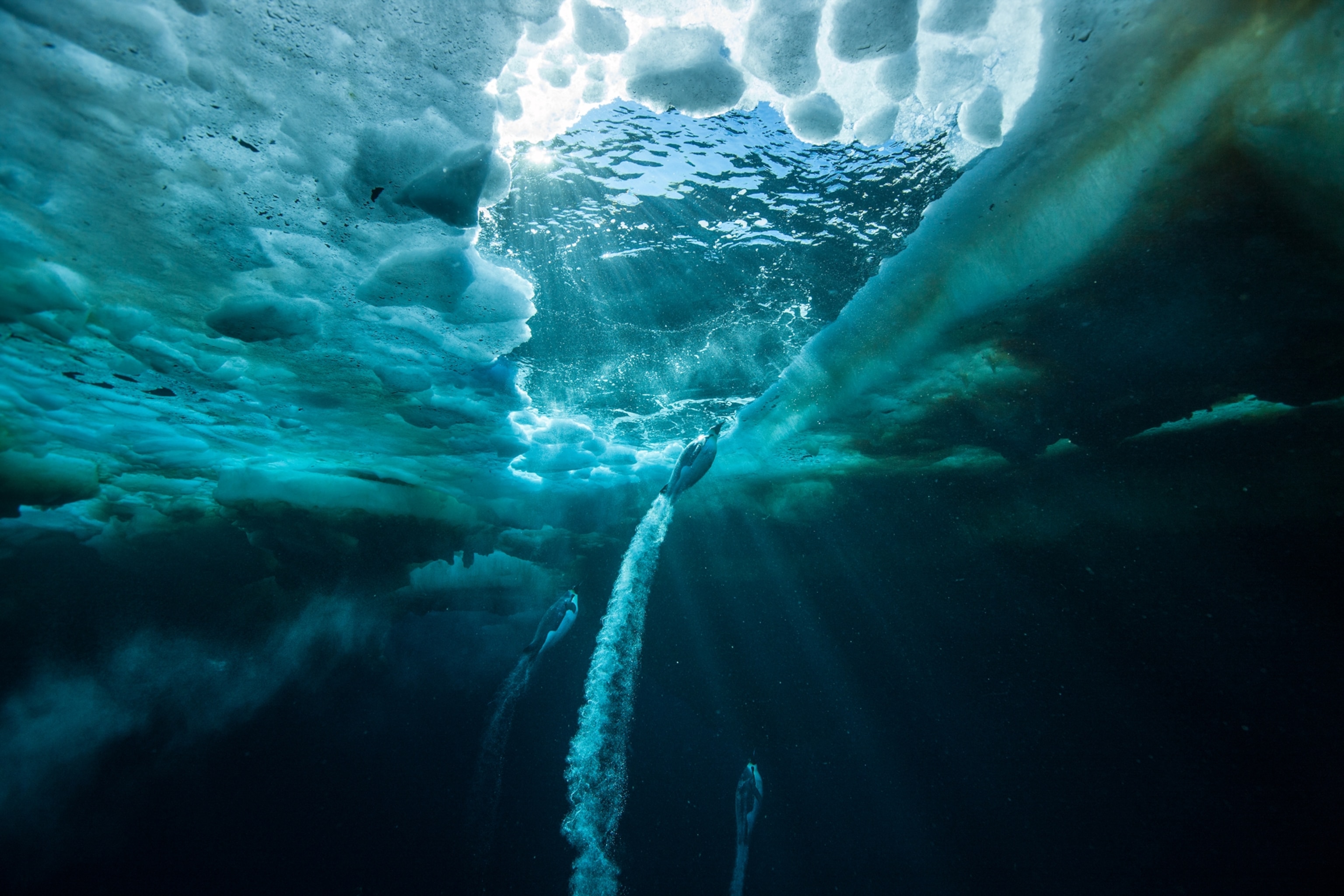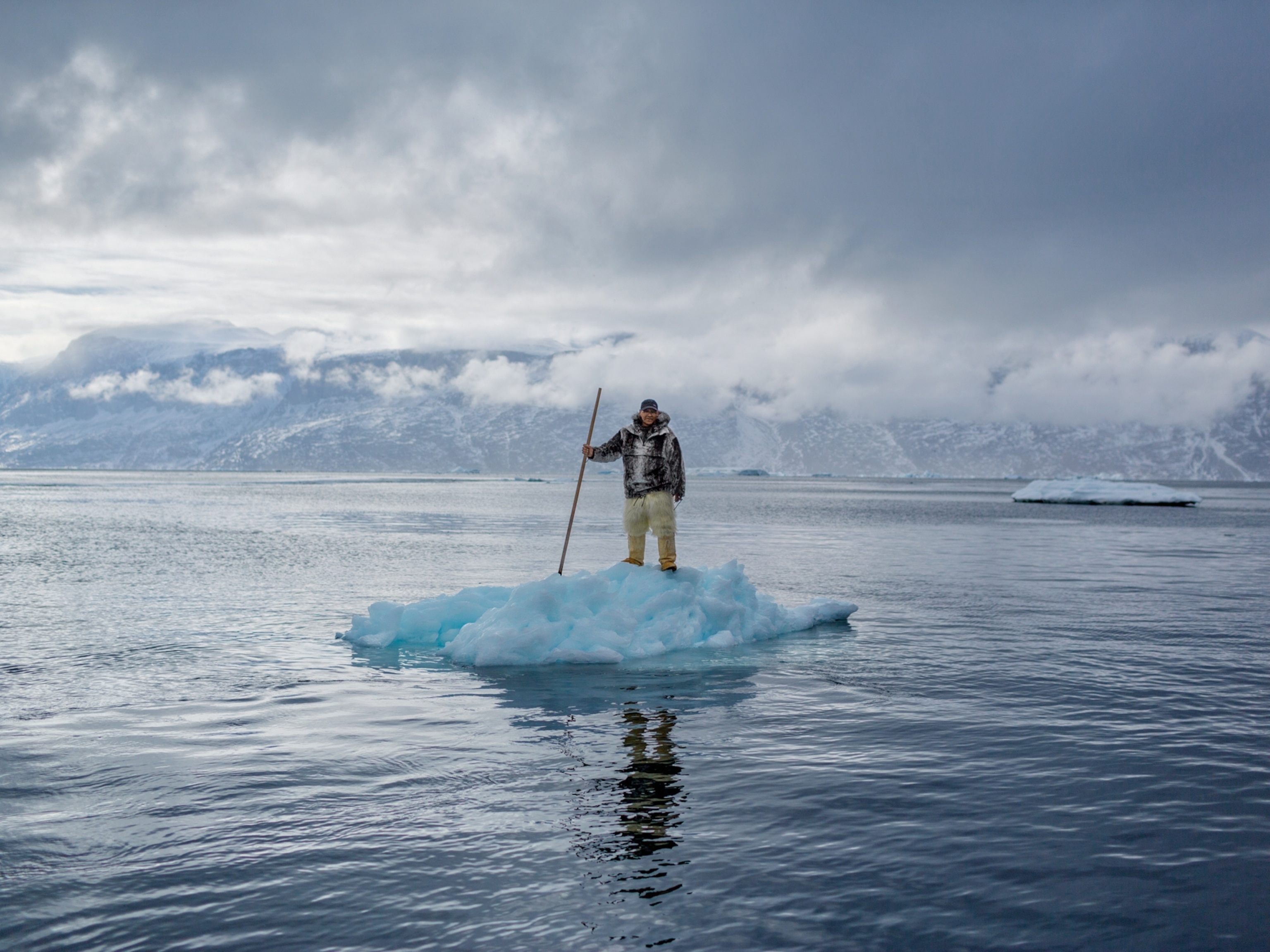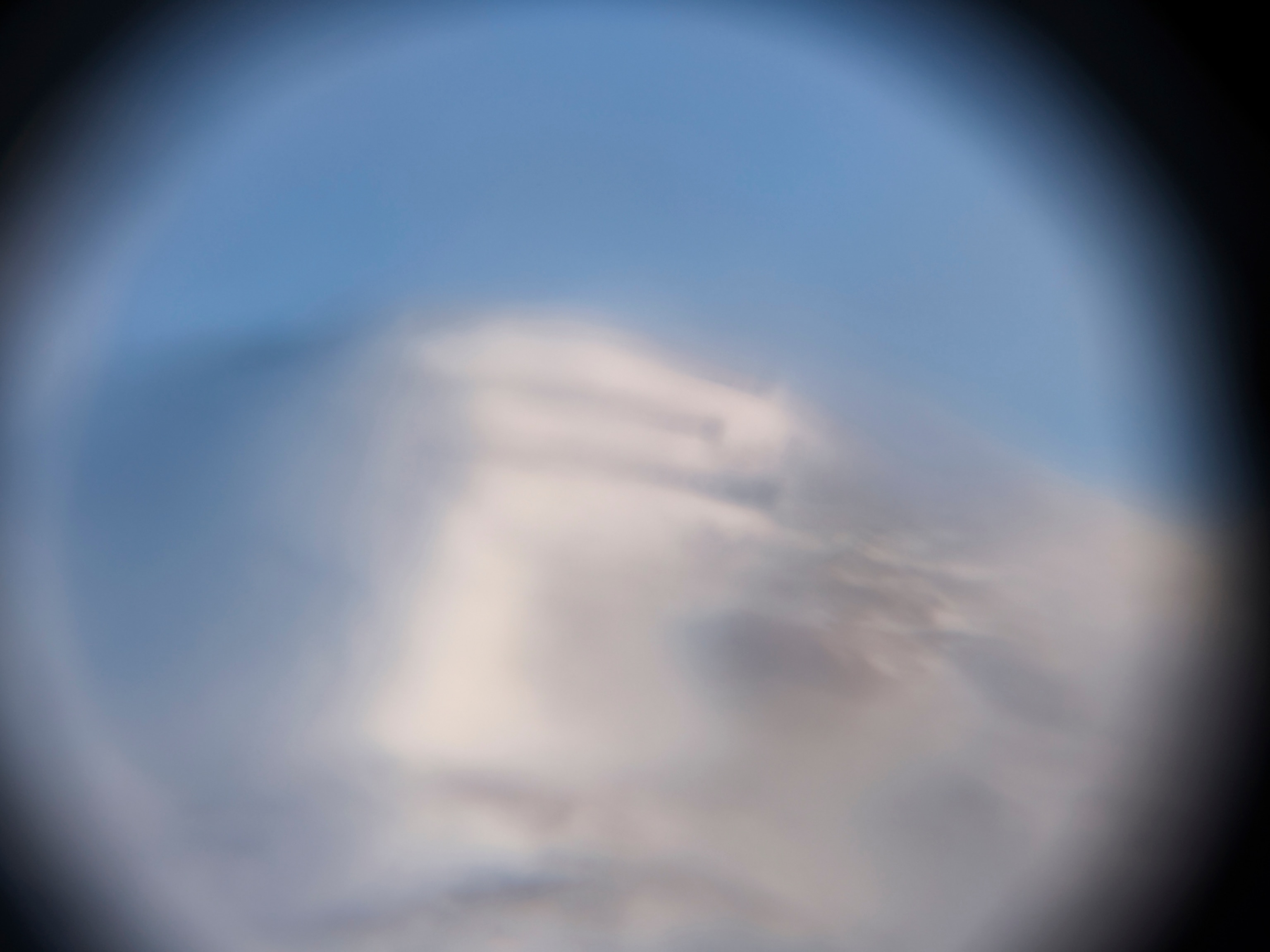
Antarctic's Ice Shelves Melting From the Bottom Up
Ice shelves lose more mass where the ice meets the sea than previously thought.
Antarctica's ice shelves are losing it.
Conventional wisdom holds that ice shelves—the seaward extension of glaciers on land—lose most of their mass by shedding icebergs. But new research finds that there's another weight-loss program at work—many of Antarctica's ice shelves are melting away from the bottom up.
Glacier experts have known for years that ice shelves melt at the boundary between the ice and the sea. But previous studies have only looked at individual glaciers and ice shelves in Greenland and Alaska, said Erin Pettit, a glacier expert at the University of Alaska in Fairbanks who was not involved in the new research.
A study published today in the journal Science has gone beyond those individual observations and found that about 55 percent of the mass lost from ice shelves in Antarctica is through melting at the ice-ocean boundary. (Learn more about The Big Thaw in National Geographic magazine.)
"This places more importance on the role of the ocean," said study leader Eric Rignot, a glacier expert with a joint appointment at the University of California, Irvine and the Jet Propulsion Laboratory in Pasadena. "If the ocean melts these ice shelves, it will affect the ice sheets on land."
That's because ice shelves act like plugs in a bottle, explained Rignot: They regulate the flow of ice from the glacier into the ocean. Without them, glaciers have been known to accelerate into the sea, contributing to rising water levels. (Related: "New York's Sea Level Plan: Will It Play in Miami?")
The results could have implications for how Antarctica changes due to global warming, which has already had a hand in melting in some parts of the continent.
"Continued warming of the ocean will slowly increase ice shelf thinning," the study authors wrote. And that could affect the ability of ice shelves to regulate the flow of glaciers into the ocean.
Big Losses From Smaller Packages
Using a combination of data from satellite observations, radar, and computer models, Rignot and colleagues measured ice shelf thickness and speed, and the net input of snowfall onto shelf surfaces between 2007 and 2008.
Rignot and team chose that time period because it had the most complete data on ice shelf speed.
The data suggested that 48 percent of the meltwater lost from ice shelves came from smaller shelves on the southeastern Pacific side of Antarctica. These smaller units account for only about eight percent of the total ice shelf cover in Antarctica.
The big shelves—Ross East, Ross West, Filchner, and Ronne—which account for 61 percent of the ice shelf cover in the Antarctic, contributed only about 15 percent of the meltwater in the scientists' analysis. (Explore Antarctica with this interactive map.)
Bottom Line
This was surprising, said Rignot: "Even the small ice shelves matter in the Antarctic."
The reason for this disproportionate loss from the smaller ice shelves is because the smaller shelves sit on relatively warmer water than the bigger shelves, Rignot said. (See pictures of a warming Antarctic.)
Researchers aren't sure how changing climates will affect ocean temperatures and currents in this area. But the bottom line, Rignot said, "is that the rate of melting is very sensitive to ocean temperature."
This sensitivity, especially on the southeastern Pacific side of the Antarctic, is worrisome, said the University of Alaska's Pettit—who is also a 2013 National Geographic Emerging Explorer—because it takes only a little change in temperature or ocean currents to create a reaction in this area of ice.




